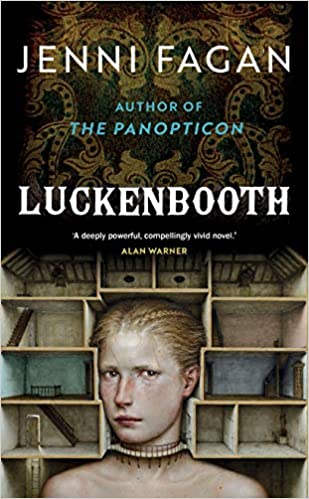I still prefer McPherson’s stand-alone thrillers to any of her mystery series, but Helen Crowther is starting to grow on me. This is the second book in the series.
Helen is an almoner serving the poorest neighborhoods in Edinburgh post-World War II. Her title has just been changed to welfare officer, but her job is a lot more hands on than we would expect. So, she is bathing a woman at the public baths when two things happen—first, she spots her father in a booth but it is not the family’s usual night. Then, in the next booth an attendant finds a man who has been boiled to death. Helen, trying to help, notices that although his clothes are those of an abattoir worker, his hands are not those of a working man, and someone has removed his signet ring.
No one comes to identify the body, but Helen thinks her father knows something about it.
Helen’s personal life is complicated. In the first book, she was newly married and wondering why her marriage was not consummated. (Spoiler for the first book.) She has discovered her husband Sandy is in love with a man, Gavin. Now she lives alone in an upstairs apartment with Sandy and Gavin below. Things are going to get more complicated, because Helen is attracted to Billy, a technician in the morgue. Her friend Caroline wants to visit the morgue, so they arrive there to find out that another corpse has arrived, this one forced to eat himself to death and dressed like a tanner with a signet ring missing.
Helen agrees to go ice skating with Billy, Caroline, and Billy’s coworker Tom, and another body is found frozen under the ice. Then there is a fourth.
Helen and Billy begin investigating the murders, which are being blamed on an escapee from a mental hospital. But they don’t think he did it.
In the meantime, Helen and Caroline are arranging a Halloween party for the local kids at an Adventist church. It turns out spookier than they planned.
I like the flavor of Edinburgh in these mysteries, although like her Dandy Gilver series, they are super complicated, without much of a hint about the perpetrators until the end.










